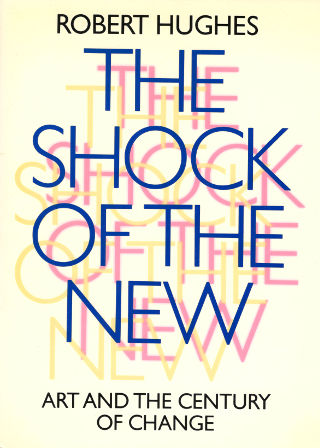2015 — 23 August: Sunday
Yesterday evening, in between the culling of my DVD collection and the shredding1 (in 3-minute bursts so as not to trigger the mandatory 30-minute cooling off period of the new toy) of dear Mama's paperwork I caught up with a few more episodes of "Castle" season #5. While listening to the torrential rain and checking for continued dryness in the books warehouse. As long as the rain isn't delivered by a wind from the north east things generally stay watertight up there.
This morning's...
... email hint has cured VLC's over-enthusiasm for opening my Dropbox folder by default. Turns out it's a known VLC, erm, bug.
Another email raised questions about the optimal ripping strategy for video material: hardware, software, and storage of the resulting files. In my bad old days of Windows I ran a useful little tool called "AnyDVD" that almost always permitted me to play DVDs on my PC regardless of either their region code, the underlying region code of my DVD drive, or the particular DVD's CSS encryption. Just because I could, I even used Handbrake2 to rip a few of my DVDs into mkv / mp4 format to keep handy on my NAS and playback via either VLC on my PC or my Netgear media playback devices, or (later) via my network-aware Oppo BD player on to the Kuro plasma. (The neatest solution, by the way.)
Since I didn't do much video ripping I wasn't bothered by the loss of this facility when I relocated my digital life to Linux six months ago. Turns out I didn't necessarily lose the facility — Handbrake is available on Linux, and the "problems" solved by AnyDVD are also seemingly soluble under Linux (for DVDs, at least; I've never had any interest in ripping Blu-rays as the file sizes are so humongous). There's some very interesting reading here.
Back in 1998...
... when my home PC was still happily a RISC OS machine (and the revolutionary thought of playing new-fangled DVDs on any PC had yet to bubble up) I bought my first Pioneer DVD player. It overlapped for several years with my last Pioneer LaserDisc player. Both devices were "multi-region" and "multi-standard"3 since I had by then long been used to importing the films I wanted to watch on NTSC LaserDisc from the Land of the (not) Free. Many films were simply never made available on home-grown PAL LaserDiscs.
The DVD player was easily-hackable to make it multi-region. (One blob of solder across one link on a circuit board, and by magic a new set of remote control commands could then be invoked to switch playback to any DVD region code.) That player, which was also the first to incorporate a DTS decoder, was still going strong in April 2001, too. Of course, if Hollywood execs had half a brain and weren't so greedy, we wouldn't face any of these problems. They could have learned from the worldwide playability, and success, of single-standard CDs well over a decade earlier.
Culling halts...
... but only for a spot of late lunch. How did it get to be nearly 3 pm? [Pause] I've got about 200 titles in the discard pile so far. Time for a break.
I've been dubious...
... about Andy Warhol's merits for many years now. The late art critic Robert "The Shock of the New" Hughes (who had the good taste to describe Robert Crumb as "a 20th Century Bruegel")...
... knew Warhol in the early days, of course, and latterly came to regard him as one of the stupidest of chaps. Paul Morley nonetheless somehow managed to make both he and his infamous coterie of "Factory" Klingons sound quite interesting. No mean feat. (Link.)
